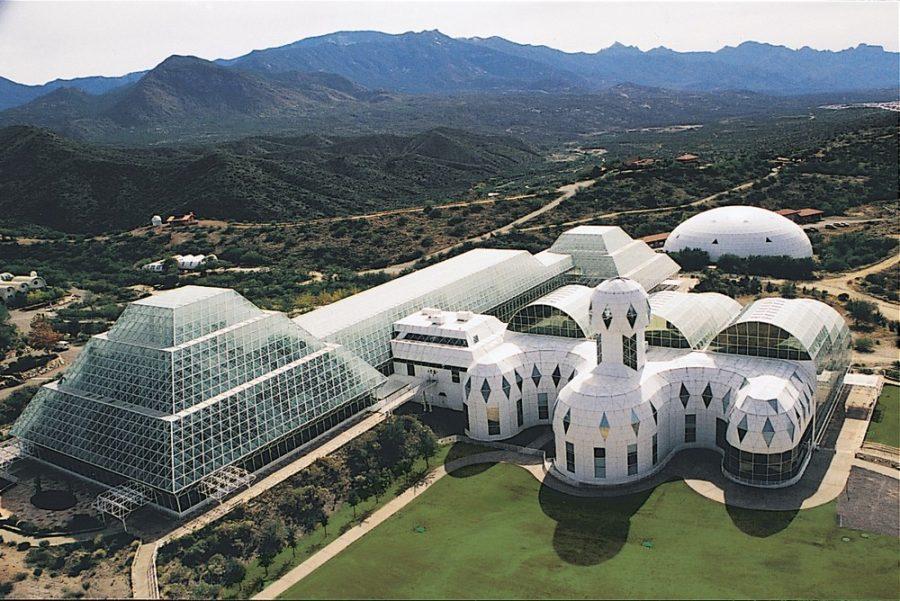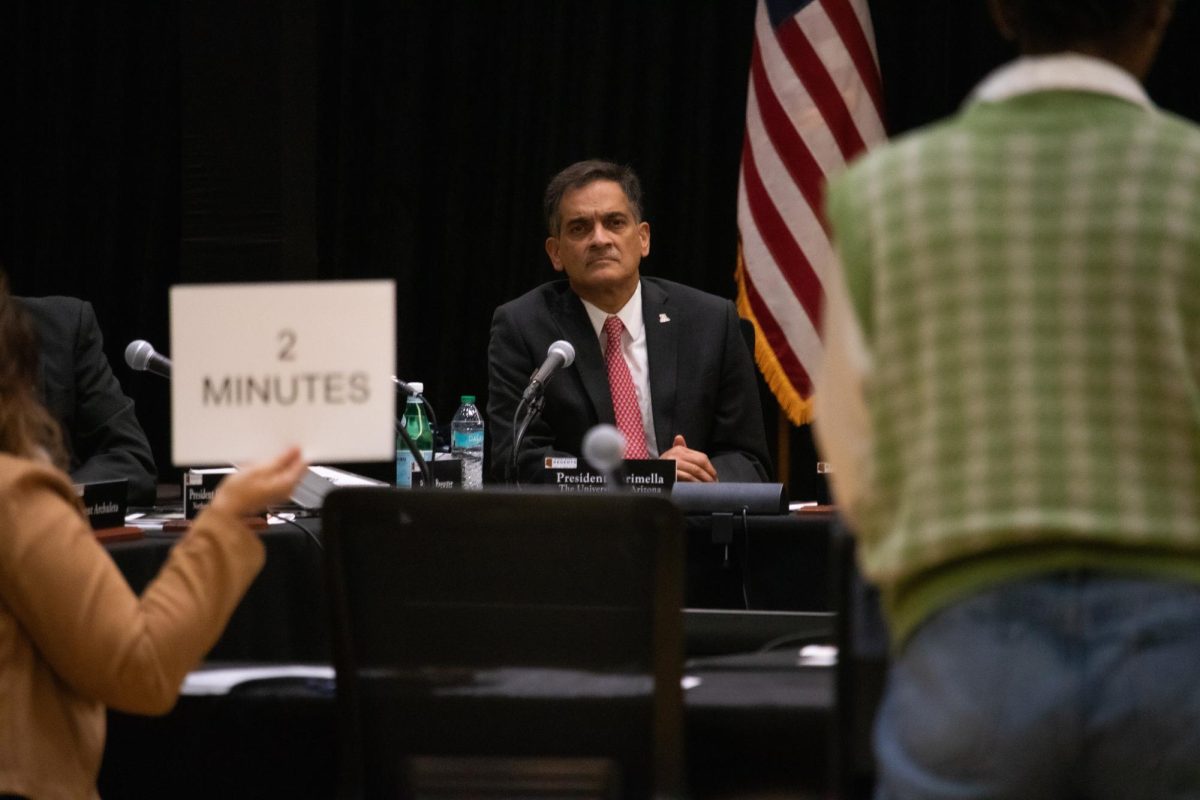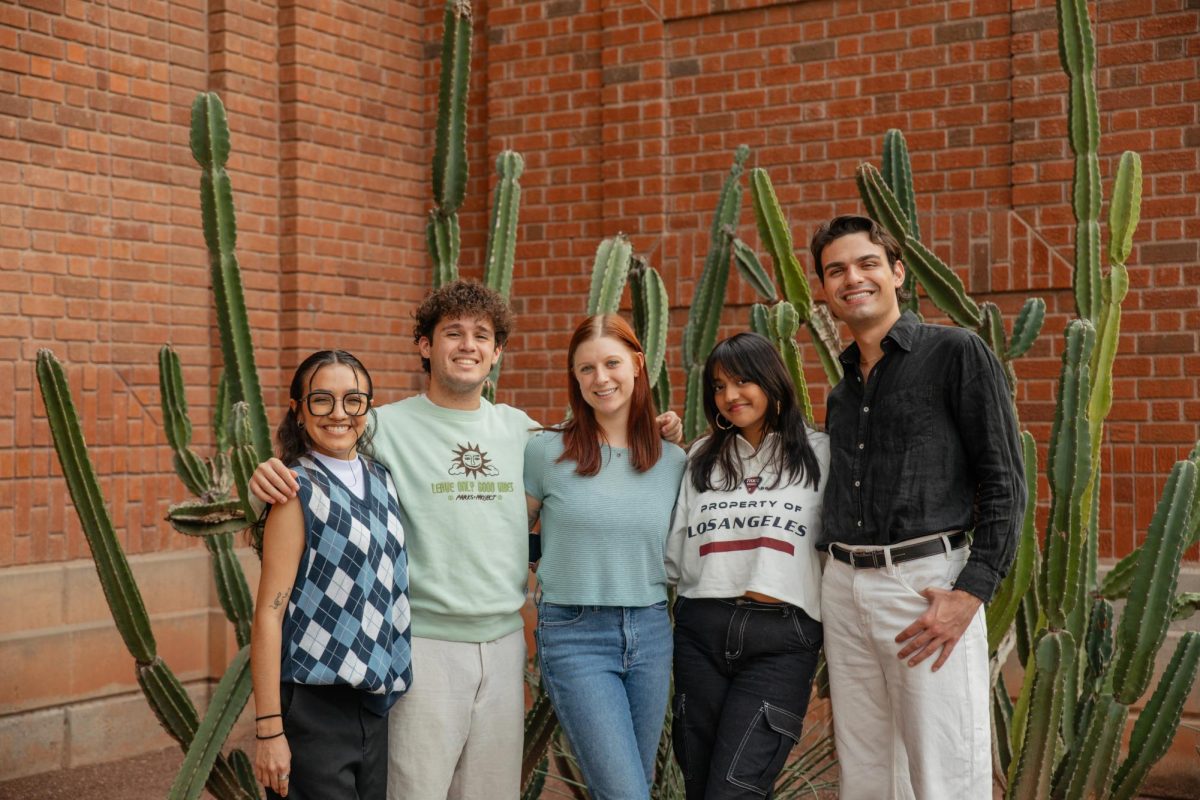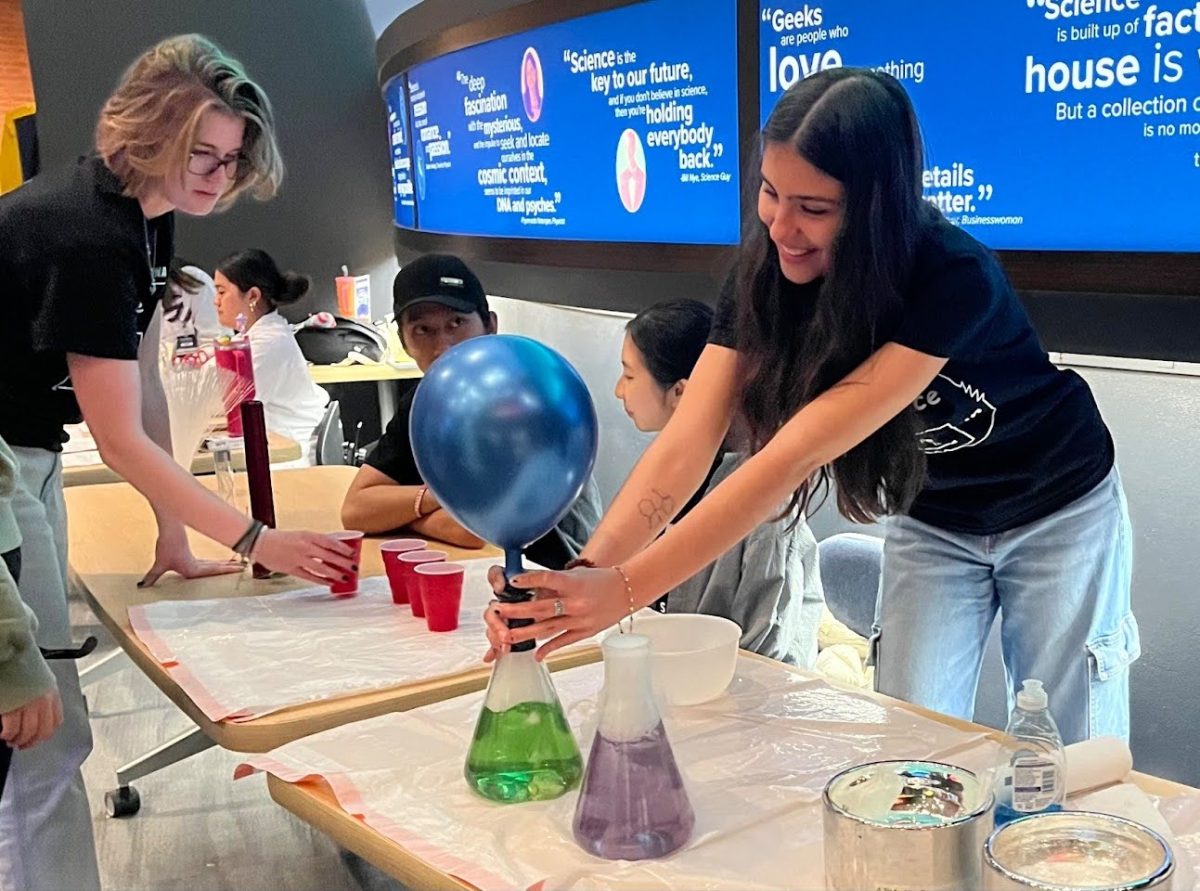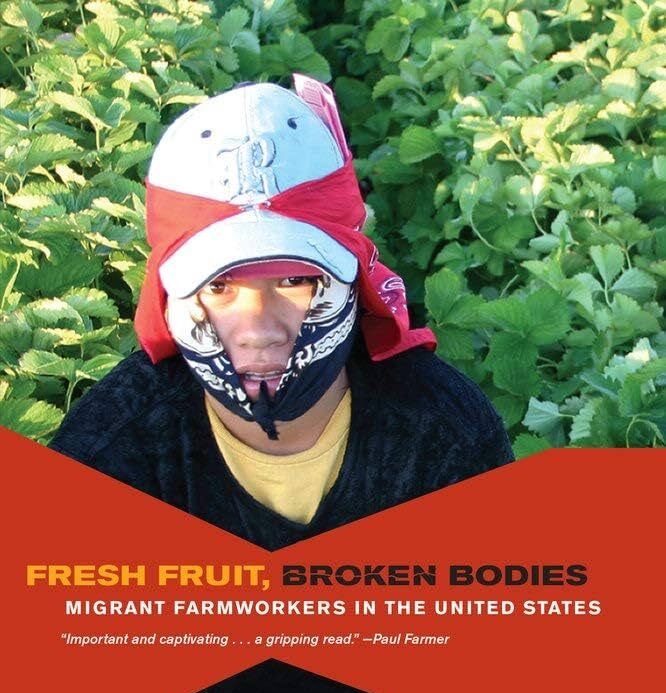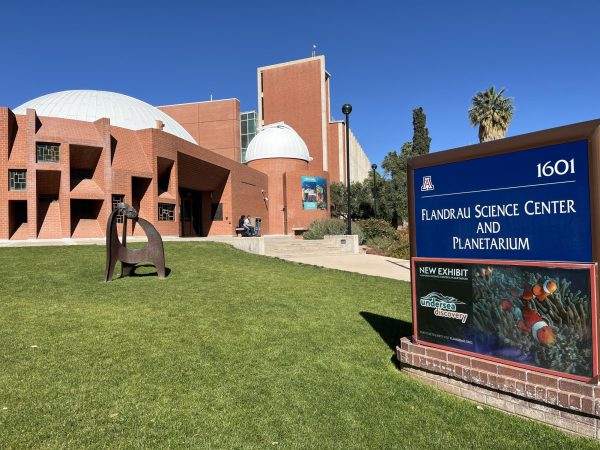An international team of researchers has descended on University of Arizona’s Biosphere 2, sealing off the complex’s rain forest, to conduct a one-of-a-kind study examining the impact of droughts on carbon flow in the ecosystem.
“Since we have full control over the [Biosphere’s] rain forest, we are perfectly positioned to study all the components of the ecosystem as we take the rain forest through a drought and a full recovery,” said Laura Meredith, director of rainforest research at Biosphere 2 and an assistant professor of ecosystem genomics at the UA.
RELATED: Cutting-edge agrivoltaics plan to be installed on top of ENR2 Building
Researchers plan to introduce traceable carbon into the soil and atmosphere and monitor its journey through the rain forest with an array of sensors and physical samples before, during and after rain water to the forest is cut off.
The project, which hopes to refine our models of how rain forests will respond to climate change, is being spearheaded by Christiane Werner, Nemiah Ladd and Laura Meredith. Werner, a professor of ecosystem physiology, and Ladd, a junior investigator, traveled to the Arizona desert from the University of Freiburg in Germany, bringing with them funding and support from 10 European institutions.
“What I like about [the] Biosphere 2 [rain forest] is that it has grown naturally for so long,” Werner said in a press release by the UA.
This is not the first time Biosphere 2’s controlled yet true-to-nature biomes have attracted researchers from around the world.
After the Biosphere 2’s famous experiments aimed at colonizing Mars in the 1990s, which brought copious media attention and criticism, the facility was acquired by Columbia University, Meredith said.
Columbia used the facility to investigate the impacts of rising carbon dioxide levels in the sealed environment on coral reefs, an experiment that sent shock waves through the scientific community and has left Biosphere 2 without coral in its ocean for years.
Since UA’s College of Science acquired Biosphere 2 in 2007, research that cannot be conducted in any other environment on Earth has continued, according to Joaquin Ruiz, dean of the College of Science.
“[Biosphere 2] has the biggest indoor ocean in the world that is not an aquarium,” Ruiz said
In collaboration with universities in Australia, the UA is preparing to reintroduce coral into that ocean, Ruiz said. Researchers hope to begin selecting and breeding heat-resistant coral within the ocean as early as March, with the hope of one day reintroducing the coral into the world’s oceans where coral is dying at a rate never before seen.
The UA has also long used Biosphere 2 to study water and semi-arid environments as part of the Landscape Evolution Observatory according to Ruiz.
“When these research projects are done and [the scientific] papers start coming out, it will be huge for the UA,” Ruiz said.
Ruiz sees more collaborations in Biosphere 2’s future. Ruiz, who helped acquire the Biosphere 2, will continue to oversee the facility in his new position as vice president of Global Environmental Futures.
This new position, created by UA President Dr. Robert C. Robbins to help the UA engage with local communities and pursue solutions to the global challenges outlined in his strategic plan, will see Biosphere 2 and Tumamoc Hill leave the umbrella College of Science.
RELATED: Endowment allows important research to continue at Biosphere 2
While Ruiz does not assume the role until October, he has already pinpointed a number of environmentally and internationally focused research projects as top priorities.
For Biosphere 2, this could mean a future where French and Israeli scientists are working side by side studying life in extreme environments, or a Mexican-American consortium funding future projects into the study of semi-arid environments, according to Ruiz.
Follow Randall Eck on Twitter



